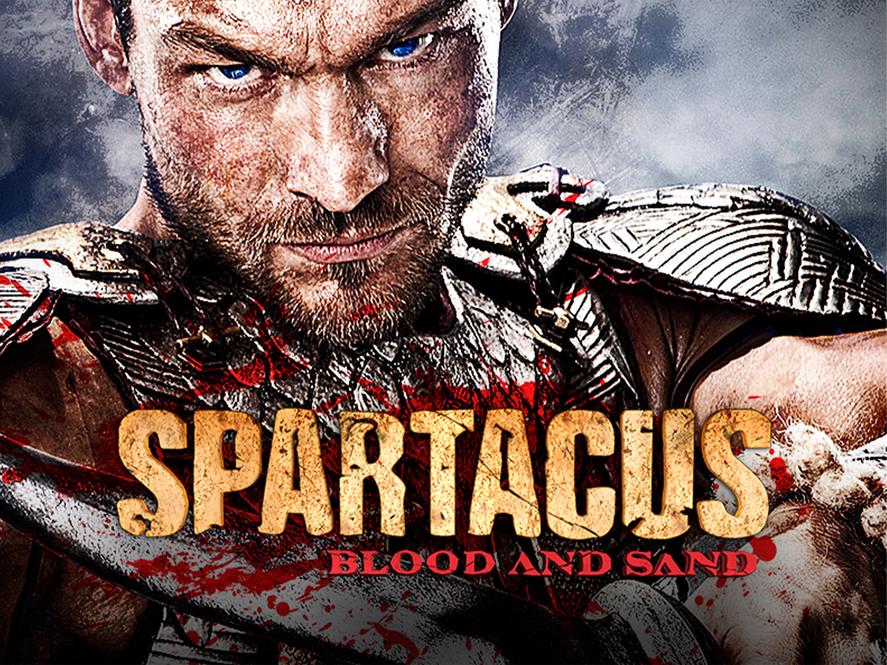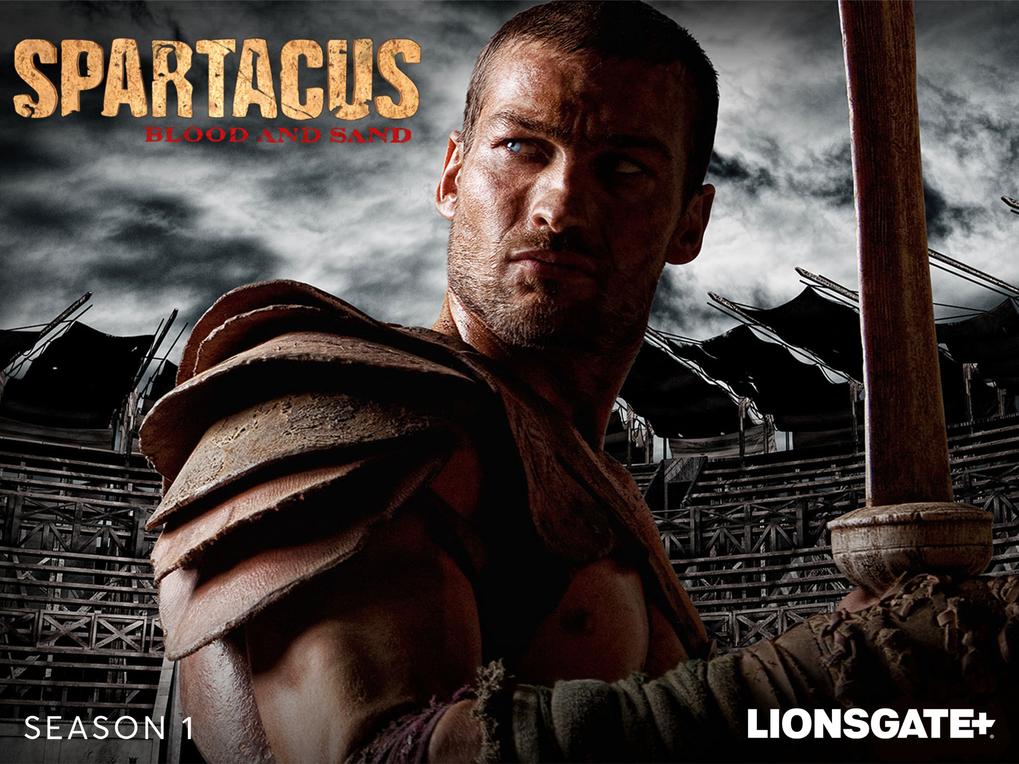How much do we actually know about Spartacus? The historical knowledge about Spartacus remains limited and uncertain. Most of what is known comes from a few ancient sources, which are late, biased, and contradictory. These sources portray Spartacus primarily as an enemy slave leader, providing little insight into his perspective or personal motives.
The main ancient accounts about Spartacus come from two historians: Plutarch and Appian. Plutarch’s work includes a biography of Crassus in which Spartacus appears. His biographies are designed to teach moral lessons, often providing vague sketches rather than detailed facts. Appian offers a section on Spartacus in his work Civil Wars, but his accounts are known for frequent chronological errors and contradictions, reducing their reliability. Both authors wrote in the 1st century CE, nearly a century after Spartacus’s rebellion, relying on sources that have not survived.
The surviving material shows a clear bias against Spartacus. Roman sources see him merely as a rebellious slave leader who threatened social order. There are only minor nods to his bravery or leadership skills. Important works, such as Sallust’s History, which might have contained valuable information, survive only in fragments, limiting our understanding further.
The details about Spartacus are often conflicting. Accounts differ even on the size of the initial gladiator breakout; some say about 30 men escaped, others suggest numbers ranging from 70 to 76, which highlights uncertainty. Spartacus’s background before the revolt is equally unclear. Roman historians rarely consider his life before becoming an enemy of Rome, obscuring his origins and motivations.
The narratives about his revolt and campaign also do not align. Plutarch and Appian present mutually exclusive versions of events from the midrange of his war. This prevents establishing a reliable chronology or understanding of Spartacus’s strategic choices.
Despite these difficulties, some points are widely accepted as likely facts. Spartacus was probably a Thracian, possibly having served in the Roman army. He was clearly a capable military leader, as his forces defeated properly equipped Roman consular armies multiple times. Roman historians, despite their hostility, agree that Spartacus fought bravely and died in battle.
Many stories and legends surrounding Spartacus remain doubtful or mythical. For example, it is unclear whether he had a Dionysiac prophetess wife who experienced snake visions, or if his army tried to cross the Strait of Messina by ferrying boats after being abandoned by pirates. Romans feared Spartacus might march on Rome itself, but there is no solid evidence he intended this. Some suggest these fears are political projections reflecting Roman anxiety rather than Spartacus’s real plans.
Historians also puzzle over why Spartacus turned back from the Alps, a possible escape route from Italy and Roman authority. Questions persist about how centralized the leadership was. Spartacus did not command a unified slave army alone. Some groups, such as those led by Crixus, broke away and died independently. This fracturing complicates a simple narrative.
Scholars face challenges in separating fact from fiction. The Roman sources shape Spartacus’s story to fit moral and political agendas, painting him as an enemy to be defeated. Absence of firsthand accounts means we lack the voices of Spartacus or his followers. Had slaves written their own histories, the result might have been a diverse set of narratives rather than a single Spartacus story.
| Aspect | Known / Likely | Uncertain / Mythic |
|---|---|---|
| Leader’s Background | Probably Thracian; possible Roman army service | Exact childhood or early life unknown |
| Initial Breakout | Gladiators escaped, numbers unclear (30+) | Exact size and composition uncertain |
| Military Success | Defeated Roman consular armies; skilled commander | Detailed strategy and tactics remain vague |
| Personal Details | Brave fighter, died in battle | Prophecy wife, visions, motives unclear |
| End of Campaign | Died in Italy; slaves defeated by Crassus | Reasons for turning back at Alps debated |
In sum, Spartacus’s story is shaped by later hostile accounts. The ancient historians wrote decades after his defeat, relying on incomplete and potentially biased sources. Much detail about his early life, leadership style, and personal intentions remains unknown or speculative. The narrative reflects Roman fear and political agendas rather than a neutral biography.
Key takeaways:
- Ancient sources on Spartacus are limited, biased, and conflicting.
- Plutarch and Appian provide the main but divergent accounts.
- Spartacus likely was a Thracian and trained military leader.
- Many legendary elements about him lack solid evidence.
- Absence of firsthand or slave perspectives obscures the full story.
How Much Do We Actually Know About Spartacus?

Here’s the quick scoop: We know surprisingly little for a man whose name strikes fear and fascination centuries later. Spartacus, the gladiator-turned-rebel who led a massive slave uprising against Rome, is shrouded in mystery. That’s not because history forgot him, but because the sources that detail his story are *limited*, biased, and conflict with one another.
Think about it—we rely mostly on two ancient historians, Plutarch and Appian. Both wrote decades after Spartacus lived. Neither offers a clear, unbiased picture. Their accounts are like two puzzle pieces that almost fit but show very different images. It’s like trying to reconstruct a movie from two people who watched it through different screens and only remember bits.
Sources and Their Limitations

Plutarch isn’t your average historian. He writes biographies with moral lessons. His “Life of Crassus” pairs good and bad behavior stories rather than aiming for journalistic accuracy. Spartacus, depicted vaguely, is more of a background character in Plutarch’s narrative.
Appian, meanwhile, drops a whole section about Spartacus in his “Civil Wars.” Sounds promising, right? Well, not quite. Appian is prone to errors—chronological slip-ups, logic gaps, and sometimes just plain guessing. His stories sometimes diverge sharply from Plutarch’s. Imagine two rival tabloids describing the same celebrity scandal but telling totally different tales.
Both wrote under the watchful eyes of Rome, after Spartacus was dead for decades. The catch? Our entire understanding comes from the Roman point of view. Spartacus and his followers had no opportunity to tell their own side. This inevitably colors the narrative—Spartacus is cast predominantly as the traitorous slave leader, the enemy Rome had to crush.
Adding to the trouble is the loss of potentially valuable sources. Sallust, an excellent Roman historian with firsthand political experience, wrote about Spartacus too. Sadly, Sallust’s “History” on the revolt survives only in tiny fragments. This makes you wonder: what stories and shades of Spartacus lie lost forever?
Vague and Conflicting Details

Even basic facts are up for debate. Take the initial gladiator escape. How many broke out? Sources say anywhere from 30 to 76 men. That’s like a badly reported headcount at a party—definitely nobody’s sure. Spartacus’ life before the revolt is almost entirely blank. Ancient authors, viewing him through enemy lenses, never bothered to dig into who Spartacus was before his rebellion.
Then there’s the war itself. Plutarch and Appian offer routes and battle descriptions that often contradict each other, making a straight timeline impossible. Instead, we get fragments of a sprawling, chaotic revolt, told through distorted Roman eyes.
What We Can Say With Confidence

Despite the fog, some facts shine clearly. Spartacus was probably Thracian. Thrace, roughly modern Bulgaria and parts of Turkey, was known for its fierce warriors. This fits a skilled fighter who could threaten Rome.
It’s likely he served in the Roman army at some point. Why? His brilliant tactical success against Roman forces strongly suggests formal military training. Spartacus wasn’t just a brawler; he outmaneuvered Rome’s consular armies, which is no small feat.
And bravery? Absolutely. Even enemy sources agree: Spartacus fought on the front lines and died there. That says something about his leadership style—leading from the front instead of hiding in the back.
Stories That Blur the Line Between Fact and Legend

Now, let’s get to the juicy bits, the myths that historians can’t confirm but keep alive the Spartacus legend:
- Did he have a wife who was a prophetess inspired by Dionysus, having visions of snakes? This sounds like the kind of mystical seasoning added in later retellings, but historians treat it skeptically.
- Did Spartacus try to ferry his army across the Strait of Messina after pirates betrayed him? The story hints at desperate, almost cinematic measures but reads more like legend than confirmed fact.
- Perhaps the most debated question: Did Spartacus actually plan to march on Rome? Roman anxiety is clear, but was that goal real or projection?
- Why did Spartacus turn back at the Alps, when crossing meant freedom from Roman lands? Motives remain murky—disagreement within his ranks and practical challenges might explain this puzzling choice.
- Was Spartacus the sole leader? Or did internal dissent, factions, and the death of allies like Crixus fracture the slave force?
Challenges Historians Face Today
Fast-forward to now. Historians scratch their heads quite a bit. They struggle to untangle myth from fact because the primary sources don’t just differ; they harbor a deep bias.
No written record from Spartacus himself or his followers survives. What if there were multiple stories, not one unified narrative? Spartacus might have meant different things to different people in his army—freedom fighter, general, symbol, or simply the best hope for survival.
Rome’s hostile writers shaped Spartacus to fit political agendas. Was he demonized to justify brutal suppression? Probably. Was he admired grudgingly for his skill and courage? Sometimes. This duality leaves modern readers caught between legends and realities.
So, How Much Do We Really Know?
To sum it up:
We know only a little about Spartacus, and much of what we do know is filtered through biased, late, and sometimes contradictory ancient sources.
This doesn’t mean we should dismiss the stories. Quite the opposite. The gaps spark our curiosity, challenging us to read between the lines and imagine the man behind the rebellion.
What if Spartacus’ real story involves thousands of untold voices? What if the myths are shadows of hidden truths? Understanding these limitations reminds us that history isn’t just about facts. It’s about piecing together human stories, even when the crystal-clear picture eludes us.
A Fresh Perspective: Spartacus Beyond the Roman Lens
If you want to tiptoe beyond the traditional Roman viewpoint, consider this: Spartacus wasn’t just a rebel; he was a symbol of resistance against oppression that even divided his own ranks. His courage and strategy turned a ragtag group of slaves into a force capable of challenging Rome’s legions.
Think of Spartacus as a multi-faceted figure, part warrior, part commander, part myth. The fact that his story endures despite such sketchy historical records speaks volumes about his impact on collective memory and culture.
Next time you hear “Spartacus,” remember: you’re hearing filtered history. The truth? It’s an elusive treasure still being hunted by historians, and that’s what makes Spartacus endlessly fascinating.




